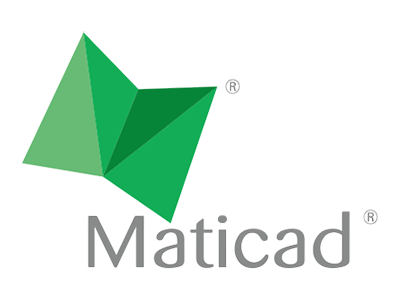
Maticad is a software house specialized to creating interior design technologies and offers also Apps to help customers market their materials on smartphones and tablets and WebApps that share catalogues and projects on the Cloud.
Contacts
Website: www.maticad.com
Email: [email protected] | [email protected]
Tel: +39 0536 813359 | +39 0721 639166
In 1957 the director Morton Heilig created Sensorama, a mechanical device designed to Allow viewers to dive into the movie experience. It was a kind of stall with a chair and a space for the head in which three-dimensional images were casted.
Thanks to fans simulating the wind, stereophonic sound and even a system reproducing smells and scents, the device, though rudimentary, was good enough to give a very intense experience. Heilig's idea was an innovative intuition, maybe too innovative for the technology available at the time.
Sixty years have passed since then, and the craving for developing tools which can engage and excite the public more and more didn’t die. Given the latest technological breakthroughs, this craving can find today a new outlet in virtual reality applications. The phrase "virtual reality" has covered different meanings in the course of time, and the difference has often been made by the technological medium.
Technology represents the gateway, the element able to allow the jump between real and virtual dimension, where everything can change: landscape, setting, knowledge of self, view. The big news of recent years is that technology offers new and extremely innovative potentialities, allowing virtual reality to make continuous leaps forward in interesting territories, so far only explored by science fiction. Thanks to the increasing ease of use and the more and more affordable economic cost, it is not a tool only for the golden world of entertainment film or gaming, not anymore. These days many are studying applications aimed to support the world of business, in all its forms.
Among them, Maticad is one of the first companies in its field to have developed a set of tools to help interior designers and showroom specialists and vendors.
Maticad’s virtual reality has been developed with the purpose of taking the user in a catchy environment, for example in their own house as it will be once the designer's project is completed in reality. This helps expand the sense of involvement in the creative and decision-making stages of the renovation or refurnishing process.
Through sensory immersion they can perceive dimensions and proportions in a realistic manner, which is impossible with simple 2D drawings or even with 3D projects, because they always encompass perspective distortions. Wearing VR viewers, however, the feeling is as if you were standing and moving in a real environment, since visual and perspective change together with head movements.
To achieve this outcome, DomuS3D® design software, developed and distributed by Maticad, take advantage of the most powerful and known rendering engines in the world, V-Ray and Mental Ray. Thanks to them it is able to accurately reproduce the materials, but also light and shadow, in such sophisticated and detailed way that the virtual environment is absolutely akin to reality. With DomuS3D® and Maticad’s virtual reality the designer is able to present their own work in an extremely compelling and emotional way, but at the same time very easy. On the other hand, the customer can be inspired by the project they have been provided and dive into it as if the renovation of the house was already accomplished.
